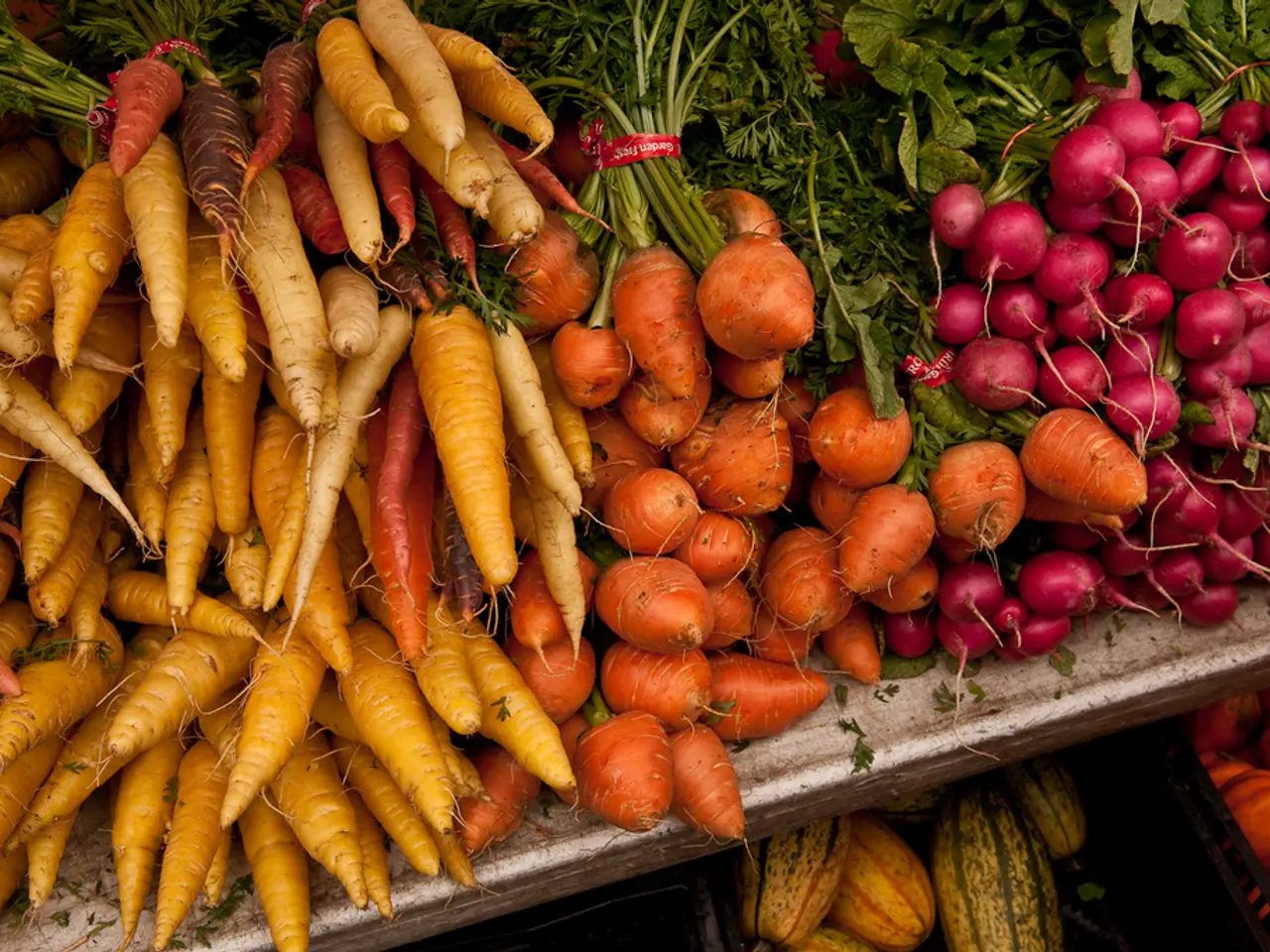Harvesting and Gardening Tasks for October
As the leaves begin to change colour and the days grow shorter, gardeners across the country are preparing for the transition of the growing season. October, a month of reflection and preparation, is an ideal time to take stock of the garden and start planning for the coming year.
One of the key tasks in October is to prepare the ground for new fruit trees. To ensure successful establishment, long-term growth, and productivity, it is essential to focus on improving soil health and ensuring the right conditions for root establishment before planting in late fall or early winter.
Firstly, test and adjust soil pH. Fruit trees generally prefer a slightly acidic to neutral pH between 6.0 and 7.0, with an optimal range of 6.5 to 7.5. Conduct a basic soil test to check pH levels and nutrient content. If soil is acidic, apply ground limestone to raise pH and add calcium and magnesium. Spread limestone just outside the eventual tree drip line and between planting areas to avoid overconcentration.
Enhancing soil structure and fertility is the next step. Add organic matter such as compost or well-rotted manure to improve nutrient content and soil tilth. Compost also adds trace minerals and supports beneficial soil microbes. Incorporate ramial woodchips (chipped young deciduous branches) on the soil surface as mulch to suppress weeds, add nutrients, and promote healthy root growth.
Before planting trees, sow cover crops (e.g., clover, legumes, or grains) in the prepared soil. These improve soil structure, add organic matter, reduce erosion, retain moisture, and can help manage pests naturally. They also "rest" the land and build fertility for the trees.
When ready to plant, dig holes only slightly larger than the tree roots to avoid a “bathtub effect” that limits root spread. Use native soil to backfill rather than heavily amended soil, encouraging roots to expand into surrounding soil. After planting, water thoroughly to eliminate air pockets and keep soil consistently moist (but not waterlogged) during tree establishment.
Optional fertilizing can also be done at this stage. Applying organic fertilizers such as blood meal or compost can help provide necessary nutrients. However, avoid over-fertilizing before trees are established.
Hardy brassicas such as cabbages, swedes, kale, and Brussels sprouts are the hardcore members of the veg patch and grow best in firm, compacted soil. Taking gooseberry cuttings involves making a 25cm long cutting with slanted and flat cuts at top and bottom, stripping leaves, and inserting into deep pots of gritty compost.
October is also the perfect month for increasing soft fruit stocks in the garden. Look out for reduced-price fruit and herb plants in nurseries and garden centres this month, especially herbs like lavender and thyme, and fruit bushes. To grow rhubarb, split the clumps towards the end of the month when leaves have died down, dig deep around the edge, lever it up, chop into sections, and plant immediately into good soil with compost or leafmould added.
Harvest pumpkins before frost spoils them, cutting each one off with at least 10cm of stalk intact if storing. When asparagus foliage starts to fall, cut the stems off at ground level to avoid leaving woody stumps and to prevent asparagus beetle from overwintering.
Lastly, it is beneficial to plant garlic in October as it helps the bulbs develop well through winter and summer. Garlic bulbs do not like having wet feet in winter, so planting in soil that drains well is essential.
By following these preparatory steps in October, you ensure the soil environment is optimal for successful establishment, long-term growth, and productivity of your new fruit trees and vegetables. Enjoy the transition of the season and the rewards of your labour in the coming months.
Planting new fruit trees is an ideal task in October, considering its role as a month for reflection and preparation. To optimize soil health and root establishment before planting, start by testing and adjusting soil pH, focusing on achieving a slightly acidic to neutral range of 6.0 to 7.0. Afterward, enhance soil structure and fertility by adding organic matter like compost or well-rotted manure, and incorporating ramial woodchips as mulch.




